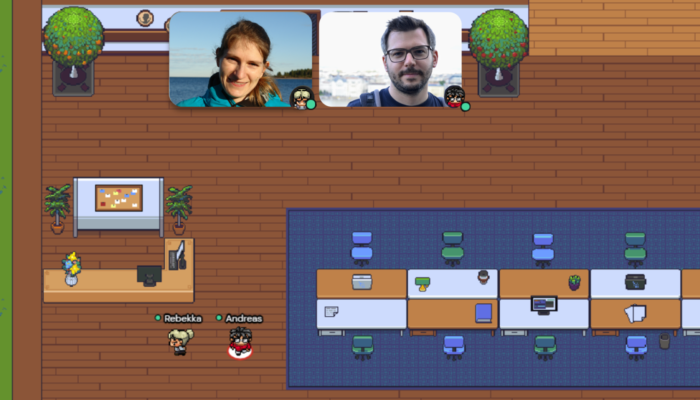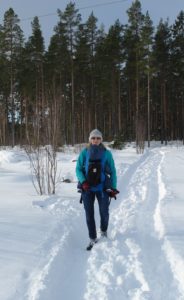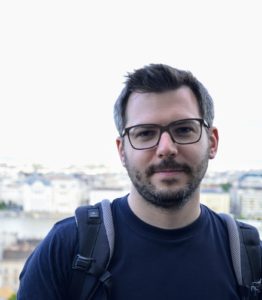
We all hope you have enjoyed vEGU21 and you were able to meet new and old friends/colleagues/peers. With the end of the EGU General Assembly, it is the time when outgoing Early Career Scientist (ECS) Representatives (Reps) are handing all over to the incoming ECS Reps. Now the new Reps officially start their work for the next two years. But who are the new ECS reps? The new Rep for the next year is Rebekka Steffen and Andreas Kvas is the co-Rep, while in the second year, we will switch our roles. We have a few items on our to-do list for the upcoming years: e.g., every Geodesy session has an ECS as a (co-)convener, collecting and writing articles for the Geodesy blog to make Geodesy more visible, implementation of a Geodesy 101 short course at the upcoming EGU meetings, organize networking events for ECS throughout the year … We are always looking for team members to share the work, and of course, if you are interested in writing an article for the Geodesy blog, please let us know. Rebekka:
Rebekka:
I’m a geodesist at Lantmäteriet (The Swedish Mapping, Cadastral and Land Registration Authority). Lantmäteriet’s headquarter is located in Gävle, which is already part of northern Sweden, although we are just 170 km north of Stockholm and thus far away from tundra, permafrost and reindeers. But, in and around Gävle you may see bears running around the streets at night and seals going on land in the city center during the days. I like to spend the day outside going for a hike or run. I also have two kids who keep me active after and sometimes also during work.
Before I came to Lantmäteriet I was a Postdoc at Uppsala University (partly supported by an AXA grant) and I did my PhD at the University of Calgary in the Department of Geoscience under the supervision of David Eaton and Patrick Wu. Most of my research focuses on glacial isostatic adjustment (GIA) modelling and usage of gravity data. But recently I also started looking into velocity field interpolations using least square collocation. So, my background covers various geoscientific disciplines ranging from Seismology, Geodynamics and Tectonics to Geodesy. GIA is the area that covers several division topics, but it is since quite some time mainly included within the Geodesy Division and that’s the reason why I became mostly affiliated with this division. During my last years as an ECS, I want to work for the ECSs within the Geodesy Division by representing our needs at the ECS Rep meetings, writing/editing articles for the Geodesy blog, and preparing a Geodesy 101 short course.
Andreas:
Hi! I received my PhD from Graz University of Technology at the beginning of 2020 and currently work there at the Institute of Geodesy as a PostDoc. My research background is in gravity field recovery from satellite data, but over time I gradually moved to the application side of things. This means that I try to optimally extract geophysical signals from gravity data using different statistical methods. Typically, this happens in interdisciplinary projects or studies where I work together with, for example, hydrologists or oceanographers. There we try to separate all the geophysical processes from our measurements to get to the signal we want to investigate. Outside of work I very much enjoy cycling and hiking for which Graz is an ideal region. To the south, there are beautiful sloping vineyards while to the north you have crisp mountain passes. I am also a proponent of open science software because I believe that together with traditional publications it adds to the transparency of our research.
I attended my first EGU right after finishing my master’s degree in 2015 and given the scale, it was a very daunting experience. Still, it gave me the first opportunity to meet my peers and talk about PhD life and science. In the current situation with meetings and conferences being mostly online, this has become a lot more difficult. So, we as the ECS Reps plan to host regular events where ECS can have a platform for informal exchange.
We are the ECSs that are part of the Geodesy Division Team. But, who else is part of the team? Stay tuned and find out in one of the next blog articles.
